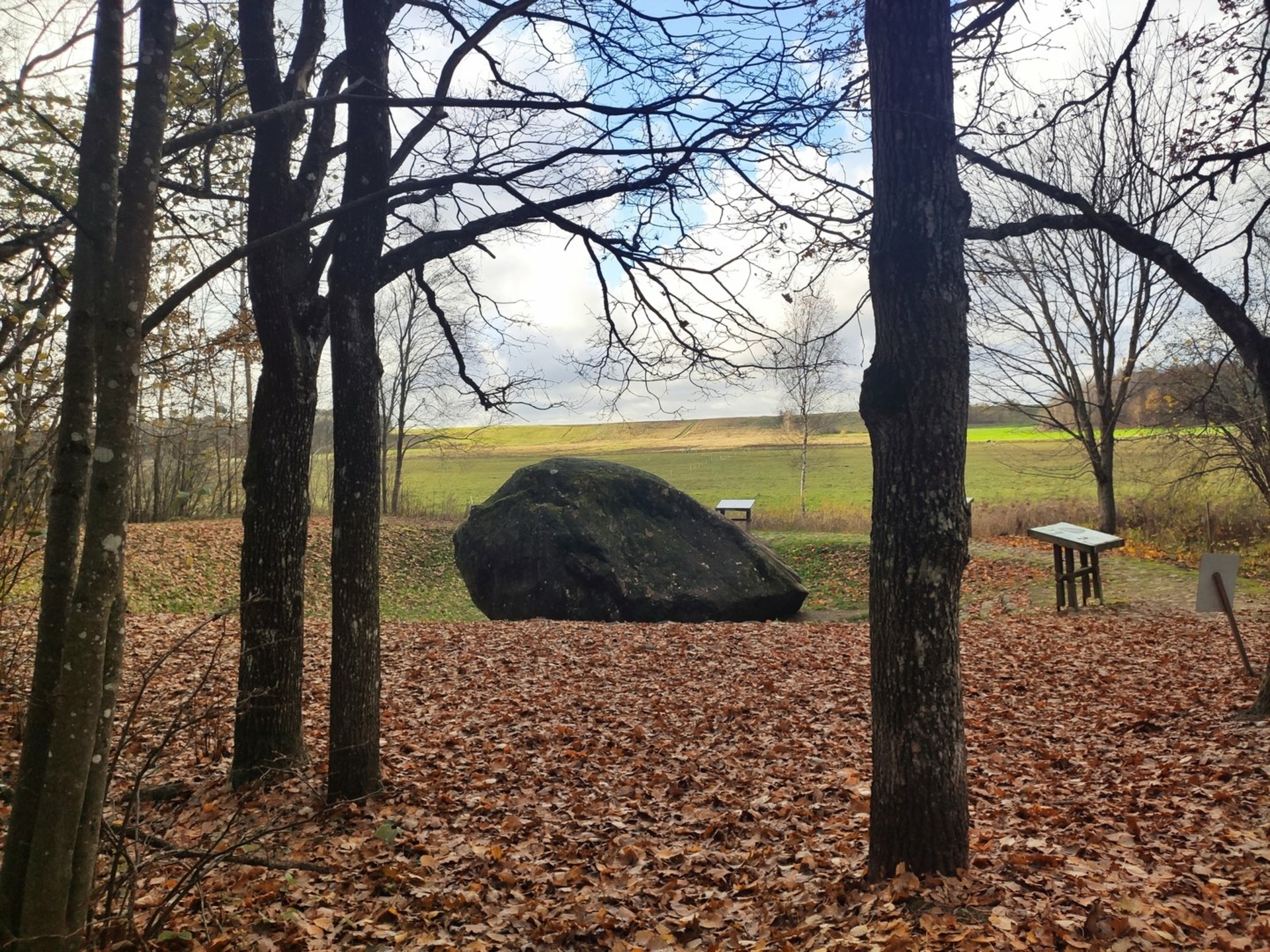Šilalė Boulder

206

0

0
The Šilalė Boulder is the fifth largest stone in Lithuania. Its length is 7.48 meters, width is 5.48 meters, height is 3.66 meters, and circumference is 18.33 meters. The boulder is unique for its "rapakivi" granite, characterized by rounded crystals formed under specific climatic conditions. Nearby stones, known as the bowl stone and the altar stone, are remnants of a pagan temple. Archaeological research in this area has uncovered a sacred site with a hearth where ancient rituals were performed. It is a monument of nature and archaeology, preserving ancient traditions.
Info
-

Nature
-

 Entertainment
Entertainment
 Food establishments
Food establishments





























 56.154085, 21.562647
56.154085, 21.562647
 Get directions
Get directions









